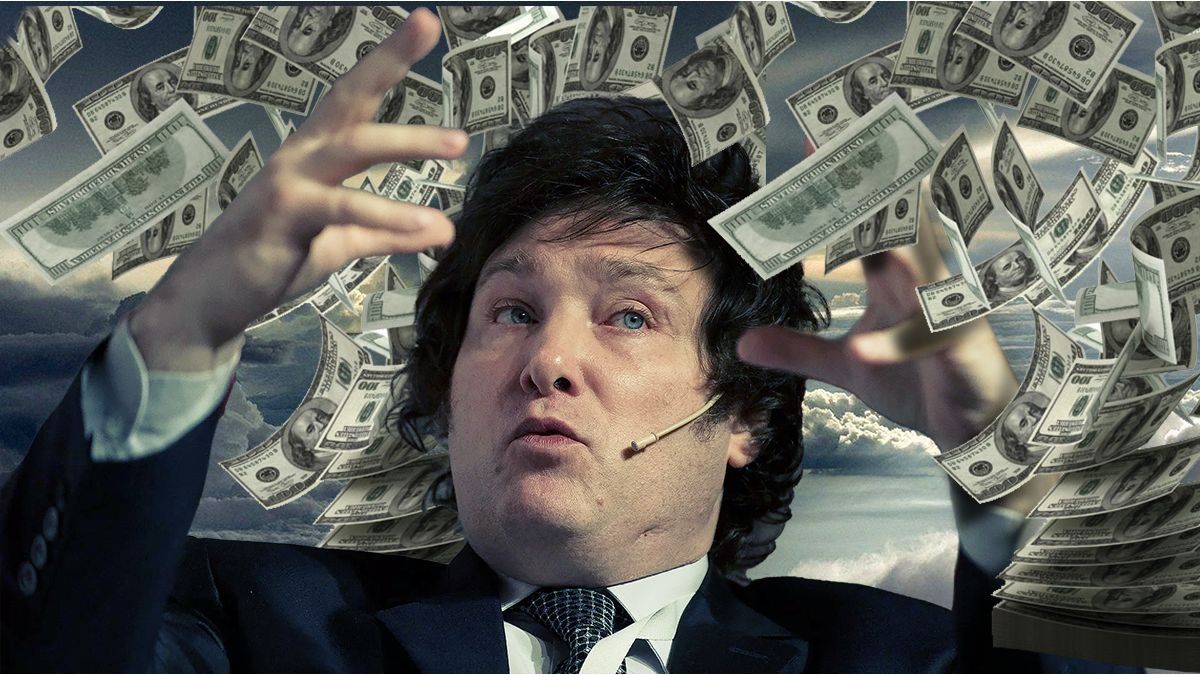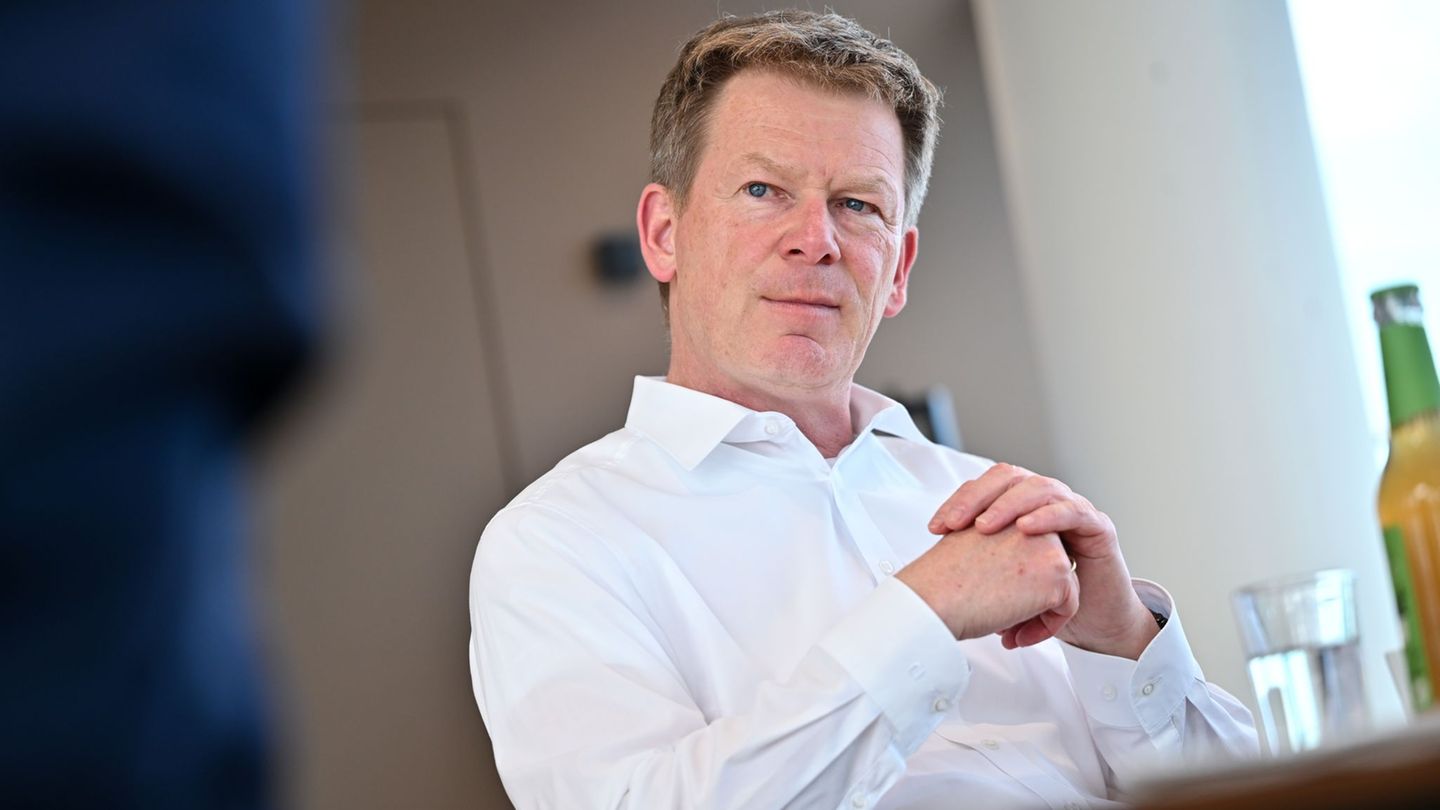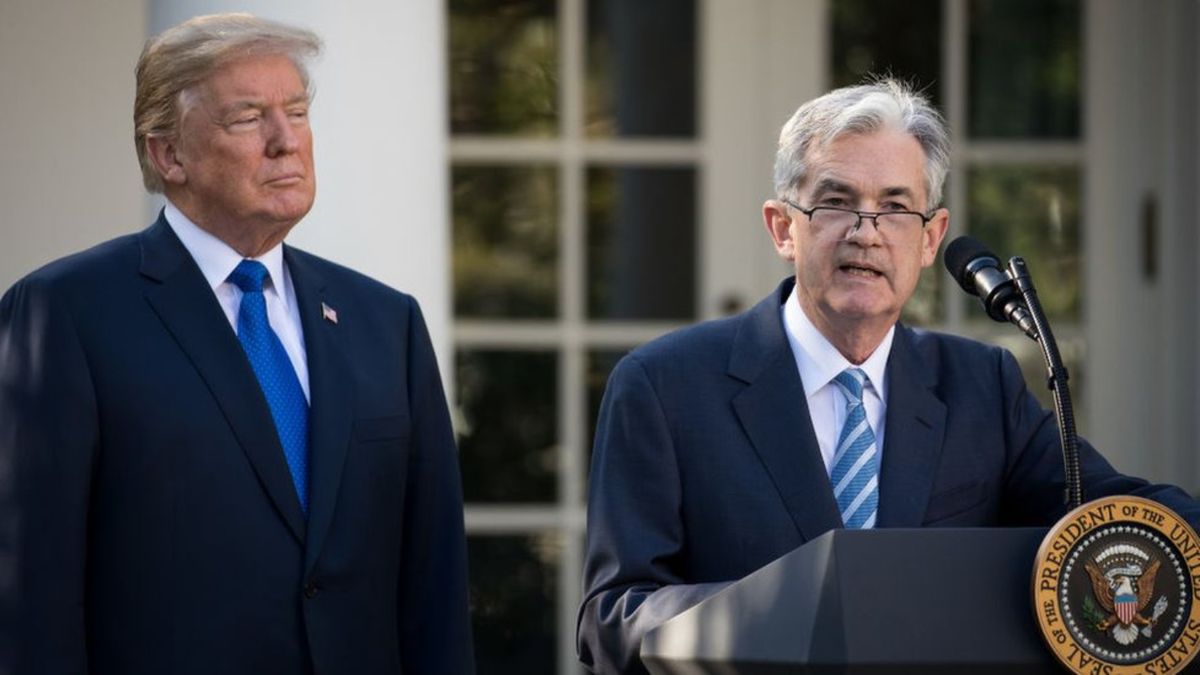President Javier Milei He spoke this Friday, after the approval of the Bases law in Deputies, about the beginning of a new stage in the Government, which will be marked by a change in the monetary program and, within that framework, he assured that “dollarization” “It will happen naturally” in Argentina. And several City analysts explain What did he mean with that phrase?.
As can be interpreted at first reading, what this phrase implies is that The Government is not going to establish the dollar as the currency of use. “It means that it is not going to be something imposed, but that the people themselves are going to demand and install Currency as an instrument of payment and transactionality“, starts EcoGo economist Lucio Garay Méndez.
It happens that the economist and director of Libertad y Progreso, Aldo Abram, explains that, “in some countries, when it was dollarized, people were told that they had six months or more, for example, to gather all the national currency they had and exchange it for dollars at a certain exchange rate.” In such cases, local currencies were sometimes left to coexist with dollar bills to serve as change because these pieces are very difficult to transport.
A currency competition aimed at the dollar
Abram details that Milei’s idea is to one day stop issuing pesos and allow people to use local currency or dollars. indistinctly. “The idea is that there is little circulation of pesos and it is assumed that, if we are going to be a normal country, with less inflation we will have less currency to transact and people will use the dollars they have saved. So, whatever is left in pesos it would be a lower percentage in percentage than the greenback with respect to the total that is transacted,” says Abram.
However, for him there is a risk of a price disparity between the peso and the dollar in this currency competition model and he is concerned about that possibility. Thus, the form that seems most appropriate to him is “give the possibility of exchanging dollars for pesos to all who want it and that both coexist and are established at a fixed exchange rate.”
It is worth mentioning, on the other hand, that, Today, we have an economy that is largely dollarized. And there are new sectors that are moving in that direction. “For example, the technology sectors already have dollarized salaries and, in turn, there will be other sectors that, as part of a survival process, are also going in that direction, such as the food sector, which is heavily governed by the greenback,” he says. economist Federico Glustein.
A program to strengthen the dollar
The truth is that the Government has already chosen its plan. “If the Government continues with the ‘blend’ scheme for the liquidation of exports and the crawling at 2%, it harms the flows and the exchange stocks, indirectly negatively affecting the demand for pesos and therefore, influences a hypothetical future dollarization,” explains Garay Méndez.
Thus, although it is more than clear that the low demand for pesos is not a problem that has arisen in this Government, he points out that “the current course of the interest rate, inflation and dollar dynamics generate inconsistencies that must be resolved in the short term, otherwise problems will be generated in the economy.
In this context, it is very evident that the direction is gradually being consolidated. towards a coin competition in which dollarization appears to be “natural,” according to Milei because, as Glustein mentions, “the peso, from now on, has less ground gained, because it is a currency that has always suffered devaluations and is more inflationary than the dollar, while the latter is transoperable, is accepted globally and has less history of inflation, among other attributes.”
Milei’s bet: people will “naturally” dollarize
“I interpret it to refer to stop issuing and that the supply of pesos has to appear due to releases of dollars “of the people,” says economist and director of MyR Consultores, Fabio Rodríguez.
In the same sense, the economist Christian Butelerstates that “what the president meant when talking about natural dollarization is that he is going to propose the free choice of currencies and that people are going to increasingly begin to transact in dollars, to the detriment of the peso.”
This will happen, as proposed the economist Pedro Gaite, from FIDE, in a context where “The peso and the dollar will compete freelyboth with legal tender status, and the Argentines will choose the dollar as their currency because the president believes that it is the strongest currency and over time it will become dominant.”
pesos-dollar-banknotes-dollarization.jpg
The currency competition proposes a coexistence of the peso and the dollar, both legal tender.
Depositphotos
That is to say, what Milei said is that Dollarization is going to happen because people are going to start choosing to transact with that currency and not with the peso. This would resolve a key element that Gaite mentions, that “to advance dollarization requires an influx of dollars so that the economy can function.” The Government’s logic is that people will want to spend their greenbacks.
Now, a question that remains floating is what will happen if Argentines resist using the dollar transactionally and want to continue seeing it as a savings refuge in the future. “They hope that people can bring their money from abroad and put it back into the economy.but it is likely that many do not want to spend their holdings in foreign currency,” Gaite admits.
And it is that The variable of unpredictability and what can happen in the event of a change of government is an issue that is present in our DNA. This can encourage resistance to “releasing” the dollars by a large part of the population, but the truth is that, if more pesos are not issued, at some point, there may not be any other option and thus, although with some delay in getting started, the dollarization plan will advance anyway. “The incentive for people to invest their dollars will be, more than anything, the need in this case,” says Gaite.
Source: Ambito
I am a 24-year-old writer and journalist who has been working in the news industry for the past two years. I write primarily about market news, so if you’re looking for insights into what’s going on in the stock market or economic indicators, you’ve come to the right place. I also dabble in writing articles on lifestyle trends and pop culture news.




